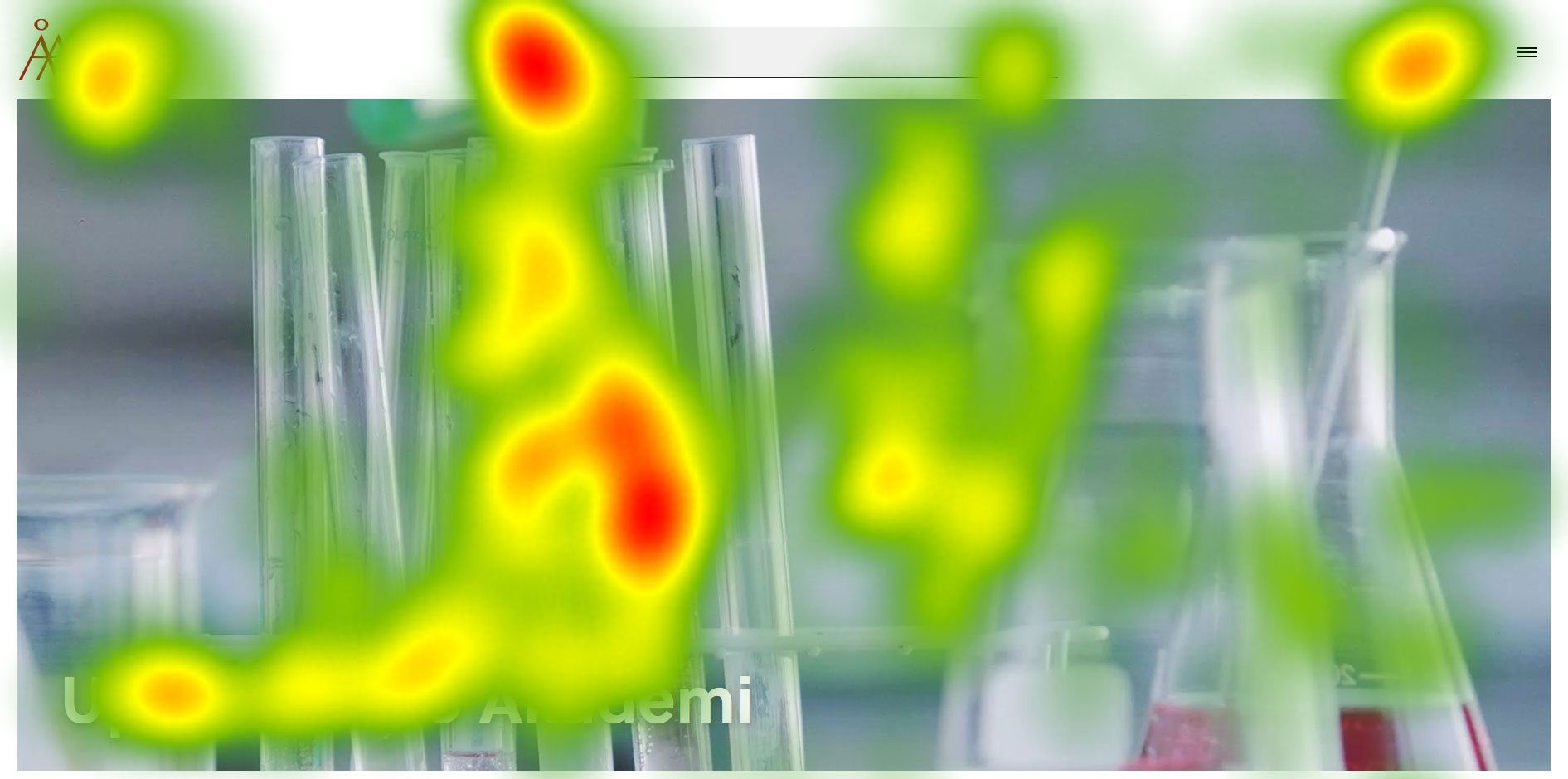Eye tracking
Eye tracking
Eye-tracking camera can examine a test subject’s pupils and monitor eye movements and the targets of the gaze. This allows us, for example, to measure which parts of a website draw the attention of our test subjects.

How does it work?
Eye tracking is a sensor technology that makes it possible for a computer or other device to know where a person is looking. An eye tracker can detect the presence, attention and focus of the user. It allows for unique insights into human behavior and facilitates natural user interfaces in a broad range of devices. The ability to control a computer using the eyes is also vital for people who are unable to speak or use their hands.

Why do we use it?
By studying eye movements we get information about what really catches our attention and what information we process, which is then used to understand what affects behavior, decision-making and emotions.
What’s in it for you?
Eye tracking can improve our understanding of the behaviour a user exhibits during a usability test and, therefore, allow us to create more targeted solutions.
In summary, eye tracking can reveal:
- What people look at on a screen or in the real world
- When attention is placed on certain visual elements
- How long each fixation lasts for
- The order in which visual elements are fixated upon
- If an individual’s gaze returns to a visual element that was looked at before